While carrying out the Project’s activities, the ECO-CRUISING FU_TOUR Consortium has spotted 4 key sectors of the Blue Economy characterized by a low rate of investment made by SMEs. These sectors are: Coastal & Maritime Tourism, Environment Protection & Regeneration, Shipbuilding & Refit, and Shipping & Ports. Investing in these 4 sectors is crucial to advance towards a sustainable transition in the cruise industry by achieving the goal of net zero emissions by 2050.
Promoting innovation in maritime technology is at the heart of the cruise industry’s efforts to reduce its environmental footprint. It has made significant investments in developing green technologies and practices, including, for example, the provision of shoreside electricity (SSE) for ships or diversifying the cruises’ energy positions by combining multi-fuel engines. However, to accelerate the transition to a Blue Economy, the cruise sector claims to mobilize private capital to clean tech in the Blue Economy and to accelerate the sustainable transition. The
BlueInvest Investor Report 2024. Unlocking the potential of the Blue Economy, published in March 2024 by the
EU Blue Economy Observatory, explains the reasons why these sectors are less attractive to investors:
- Coastal & Maritime Tourism: Investments in the last period were concentrated with a higher proportion of angel investors. The investors come mostly from the EU as opportunities may be more local in character. Although coastal and maritime tourism employs almost 3,2 million people, the relatively lower deal activity is not completely surprising because of the specifics of this sector, which has a significant infrastructure and real estate components, lending it the perception of having a lower technological dimension compared to other Blue Economy sectors -such as renewable energy, blue tech or aquaculture.
- Environmental protection & regeneration: It is the least developed sector in terms of number of deals and volume. The total amount of investments reached €87 million in the EU, the smallest sector in the Blue Economy on this criterion. The dominance of ‘public good’ objectives in this sector and the fact that many of the business models might not be considered investable by the private sector may explain the small number of deals. As public awareness grows and obligations for companies to preserve and regenerate the environment broaden, the ability of businesses to build valuable, defendable projects that are attractive to investors should progressively increase.
- Shipbuilding & Refit: The shipbuilding & refit industries are generally not a sector of interest for early and growth-stage equity investors because of their scale and maturity. The risk-to-return profile of most investments is more suited to larger-scale corporate investments or debt. Since shipbuilding tends to be located by default in very specific geographic locations, it is natural majority of its investors come from the host industry.
- Shipping & Ports: This sector shows relatively less deals’ dynamics, with several deals that doubled in the last 10 years. The report highlights the maturity of this sector, hence the investor’s perspectives on limited opportunities for ready-to-market innovations. Creating a stronger ecosystem of young companies and connecting them to opportunities in this sector will help attract greater investment from angel and early-stage investors.
Barriers to develop blue ocean technologies
ECO-CRUISING FU_TOUR also alerts about the socio-economic and technological obstacles to develop blue ocean technologies. For instance, as the EU Blue Economy Observatory warns, port infrastructures will require major upgrades to allow for the construction and the assembly of large subsystems (e.g., floating wind platforms). Similarly, the vessel fleet might not be able to respond to the demand despite the forecasted growth. In addition, conflicts of usage and other legal actions may jeopardize the realization of a project –sometimes by delaying the launching of the construction by several months/years–. According to the report, “these barriers represent a risk for investors and project developers that must be anticipated”. Geopolitical instability, energy insecurity (depletion of fossil fuels reserves) and environmental issues (pollution, climate change and biodiversity loss) define an unknown future in which it is difficult to foresee what the future energy mix will look like.
The cruise sector has taken
major steps towards sustainability prior to the pandemic. Many of the foremost cruise lines are making great efforts to reduce their environmental footprint by cutting emissions, conserving water, and improving disposal techniques. Furthermore, various cruise lines have pledged to eliminate single-use plastics and source goods from the local areas to help the local communities. However, there is too much to be done to minimize its impact on marine life and to move towards an eco-tourism model that preserves the natural environment. Apart from this,
the complexity of the Mediterranean requires shared solutions and the inclusion of all the industry key players to unlock new business opportunities around the new eco-cruise tourism sector.


